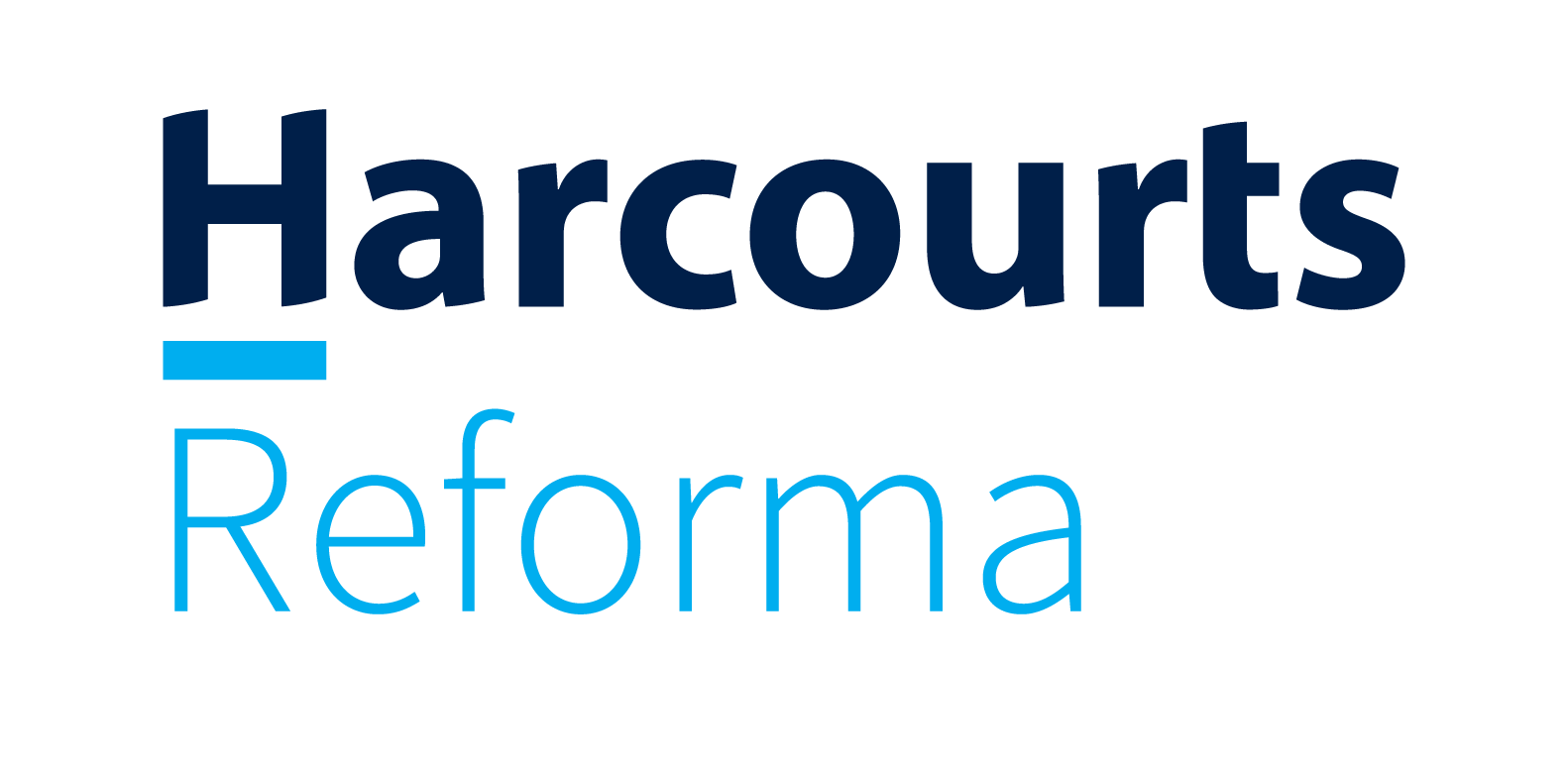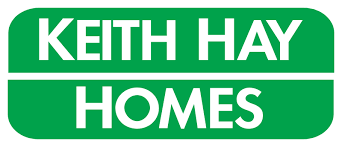For years, the Kiwi economy has swung between intensity and restraint. First came the surge of migration, construction, and rising rents. Then came the freeze. Now, as Kiwibank’s economists put it, the labour market has “stabilised.” In practice, that means activity has slowed and everyone is waiting for the next clear signal.
Unemployment has climbed to a nine-year high of 5.3%. Employment growth is flat, and hours worked have only just begun to recover after seven quarters of decline. The underutilisation rate, which includes those who want more work but cannot find it, has risen to 12.9%. The job market is not in free fall, but it has lost momentum.
That loss of momentum is already flowing through to the rental market. When job security weakens, tenants delay moving, buyers hesitate, and investors look to the long term. Confidence becomes as valuable as cashflow.
With less than a year until the next general election, every party is interpreting this moment through its own political lens. The conversation about jobs, housing, and inflation has shifted from emergency management to economic identity.
Politics in an Age of Waiting
Labour has positioned itself as the steward of redistribution. Its targeted capital gains tax on investors and the Greens’ wealth tax focus on the top 1% are deliberate signals about fairness and contribution. Both parties are speaking to households who feel squeezed and want to see visible action.
National and ACT are making the counter-argument that growth and confidence must come before redistribution. Their message centres on tax restraint, less regulation, and faster consenting. They are appealing to the segment of the economy that creates work rather than consumes it.
Each approach interacts differently with the property sector. Labour’s measures reduce investor appetite but tighten rental supply. National’s proposals would likely encourage investment and development, though the benefits would take time to appear.
The Jobs Beneath the Numbers
Kiwibank’s analysts highlight that job losses are concentrated among younger workers. Unemployment for 15–24-year-olds has risen from 13.1% to 15.2%. These are the same people who usually fill new rentals and flat shares. Some are leaving for Australia, while others are staying in family homes. This shift suppresses immediate rental demand while the construction sector contracts.
That combination of softer demand and shrinking supply will define the next phase of the market. The slowdown in new builds will reduce available stock just as the labour market begins to recover. Investors who understand this lag will see that current weakness often precedes the next period of opportunity.
Wages, Confidence, and Affordability
Private-sector wage growth has slowed to 2.1%. Bargaining power has moved back to employers, and rent affordability now depends entirely on income growth. For property owners, tenant retention becomes a key metric of success. Those who maintain stable, well-managed tenancies will fare better than those chasing higher rents.
The Reserve Bank is expected to keep policy steady through the election. Rate cuts are unlikely until 2026, when inflation is comfortably within target and the political cycle has settled. Once that happens, financing costs should ease and housing activity will lift again.
A Market Catching Its Breath
The current environment rewards discipline and patience. The market is not broken. It is waiting for direction.
“The politics may shift, but the fundamentals don’t lie,” says APIA General Manager, Sarina Gibbon. “When jobs stabilise, people stop moving, and that’s when good landlords become the quiet anchors of housing security. What we’re seeing isn’t the end of opportunity; it’s the pause before it turns again.”
The labour market is soft, construction is slowing, and rents are flattening. None of these trends point to collapse. They describe a system catching its breath.
The Shape of What Comes Next
New Zealand’s job market is at a turning point. Politicians will compete to claim credit for the next phase of recovery, but investors should focus on the structural signals. Employment, wages, and construction cycles always return to balance. The quiet phase we are in now will shape the foundations of the next housing upswing.
Stay informed and stay connected with the Auckland Property Investors Association. Subscribe to the APIA newsletter to receive up-to-date market commentary, event invitations, investment news, and best practice insights straight to your inbox.
















Add Comment